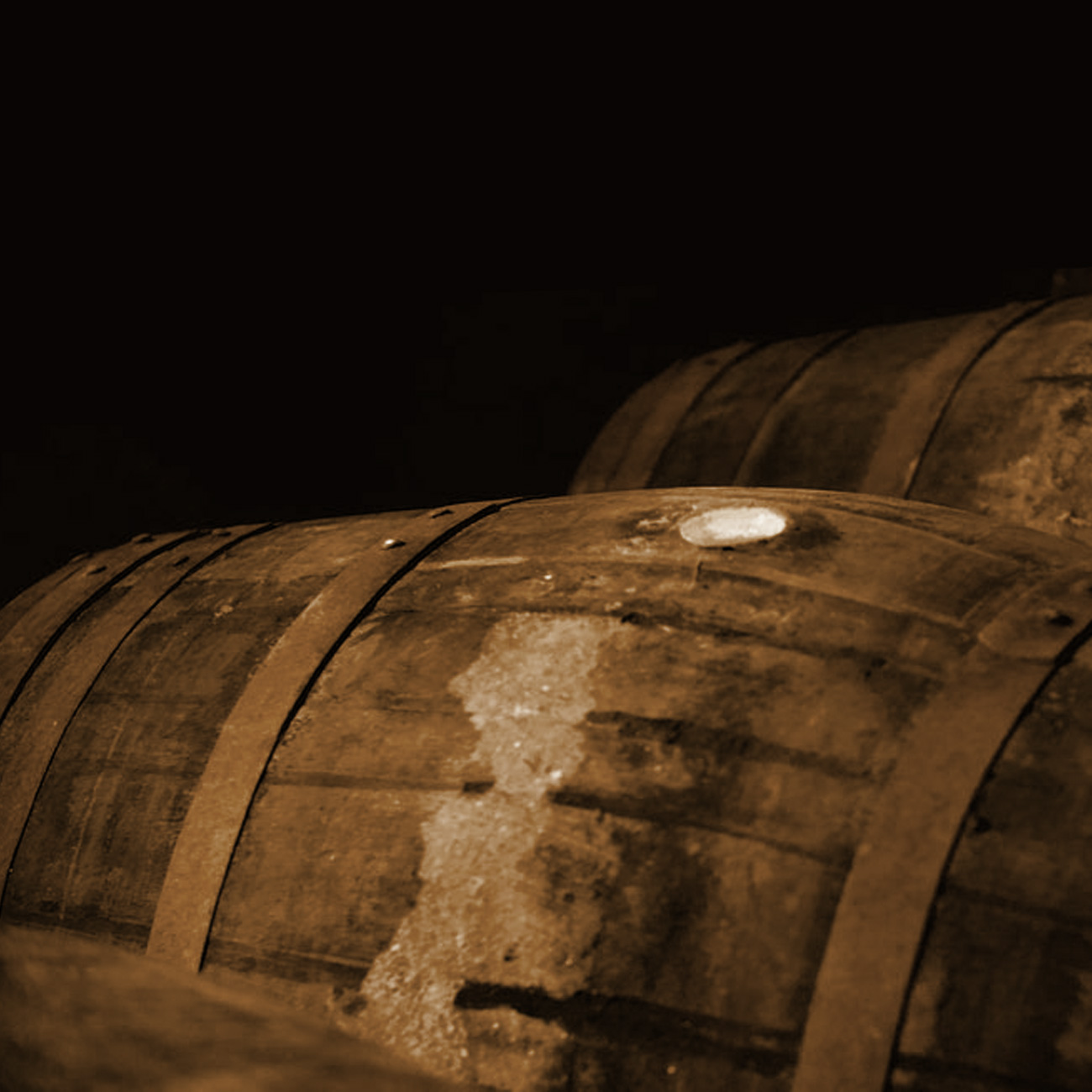The present day position of whisky among the exquisite and refined spirits of the world is unquestionable. Nevertheless, it wasn't always the case. Before this tipple earned its title, it had to be proved that, in addition to its great strength, whisky had more to offer than just alcohol volume, and it could be a great alternative to the renowned cognac. The growing popularity of whisky worldwide began with the defeat of the phylloxera, which ravaged French vineyards in the 1880s and significantly reduced the world production of cognac, thus giving the distillery owners from the British Isles the opportunity to develop their production.
Water of life
A distillate from fermented fruits made by irish monks and used for therapeutic purposes is regarded as the beginning of whisky. Invented by Saint Patrick (according to legends), uisge beatha, or ‘water of life’ was used by them to relieve the symptoms of colic, a pox treatment, and even sold as a life prolonging remedy. However, before the distillation process settled in monasteries for good, that technology was first used for the production of perfumes and later in the distillation of wine. The first mention of the mass production of alcohol from the cereal mash appeared in Scotland in 1495 in the accounting records. It was then that monk John Cor of the Lindores abbey received almost a tonne of barley malt from King James IV in order to prepare the ‘water of life’. We can therefore assume that at the end of the 15th century the distilling industry in Scotland had an already organized form. Since the 17th century, the abbreviated name uisge beatha, i.e.-the uiskie, followed by whiskey, was used, which in 1736 adopted the spelling-’whisky’, which is also used nowadays.
The biggest world’s consumers of whisky are not the Scots, but the French.
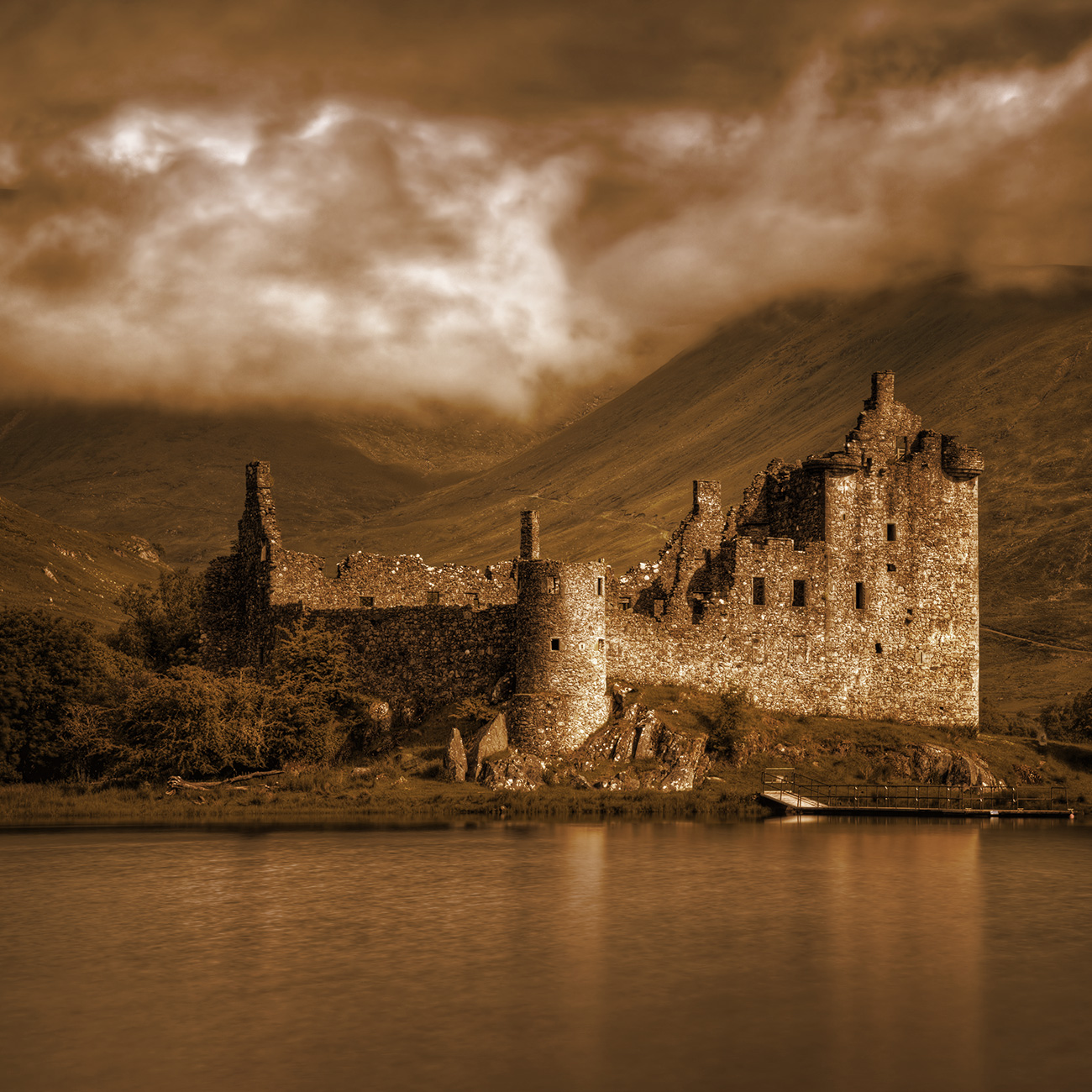
Whisky descends to the underworld
The 16th and 17th centuries were tough times for whisky producers because of the high taxes imposed on distilleries in Scotland and Ireland. After the Union with England in 1707, the Parliament decided to raise excise duties, which caused most of the production to go underground. The hard-to-reach and mountainous Highlands area become the distillery center of Scotland. This is from where almost half of the national production is going to be delivered for one and a half centuries. The magnitude of this phenomenon may be depicted by the number of illegal alembics confiscated in the 1820s. There were more than 14.000 of them!

First branded whisky
What for some was a proverbial ‘ball and chain’ and limited whisky production or forced them to move underground, for others proved to be a golden opportunity. In 1690 on the Black Isle Peninsula the first branded whisky-’Ferintosh’ was created. Its success was largely owed to tax exemption, which was a form of compensation for the owners whose distillery had been burnt. In the late 1760s Fernitosh produced almost 75% of legally made Scotch whisky, and the name itself, until the closure of the plant in 1785, was considered synonymous with distillery.

Beginnings of legal distilleries
In 1823, the British government, in order to put a stop to illegal processing, enacted a new law on excise duty- Custom and Excise Act. Customs duties and restrictions on exports to England were abolishment, and whisky production became legal after paying a fee of £10. Two years after the publication of the Act in Scotland there are already more than 120 legal distilleries! In 1820s there were such brands as John Walker, Ballentine, Teacher or J. & A. Mitchell on the market, which are well-known nowadays.
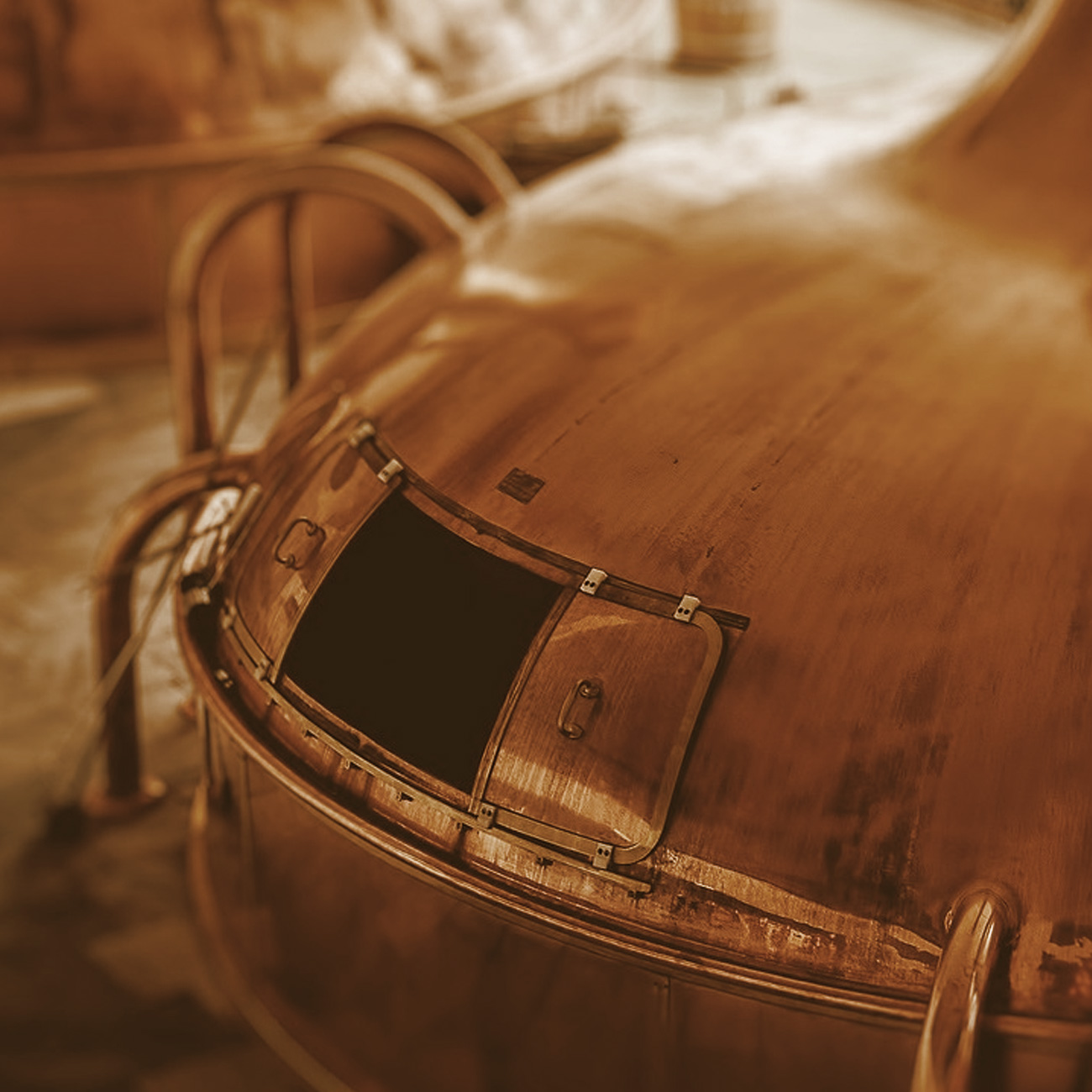
Grain whisky changes the rules of the game
In 1830, an Irishman Aeneas Coffey developed a new column apparatus for continuous distillation, thus accelerating the production process and gives impetus to the processing of large quantities of unmalted barley (previously whisky was created exclusively from barley malt). This is how wheat and maize grain whisky is born. Already in 1854, the volume of production of this kind of whisky from several distilleries located in the Lowlands area exceeded the production of malt whisky from the Highlands. In 1860, Andrew Usher blended grain whisky with single malts and created the first export blended whisky-the Old Vattet Glenlivet. After combining the six most important distilleries in Lowlands, Distillers Company Limited appears on the market, and whisky gains the status of an industrial product. In 1890s consumers could choose from a huge variety of blends, single malts and young grain whisky-unfortunately the labels on the bottle did not tell what kind of alcohol the consumer would find inside. The situation requires new legislation and differentiation of those varied types. In 1909 Her Majesty’s Government sanctioned a law whereby a distillate of unmalted grains, or cereal whisky could also be labelled as Scotch whisky. This opened the floodgates for the world of brown spirits.
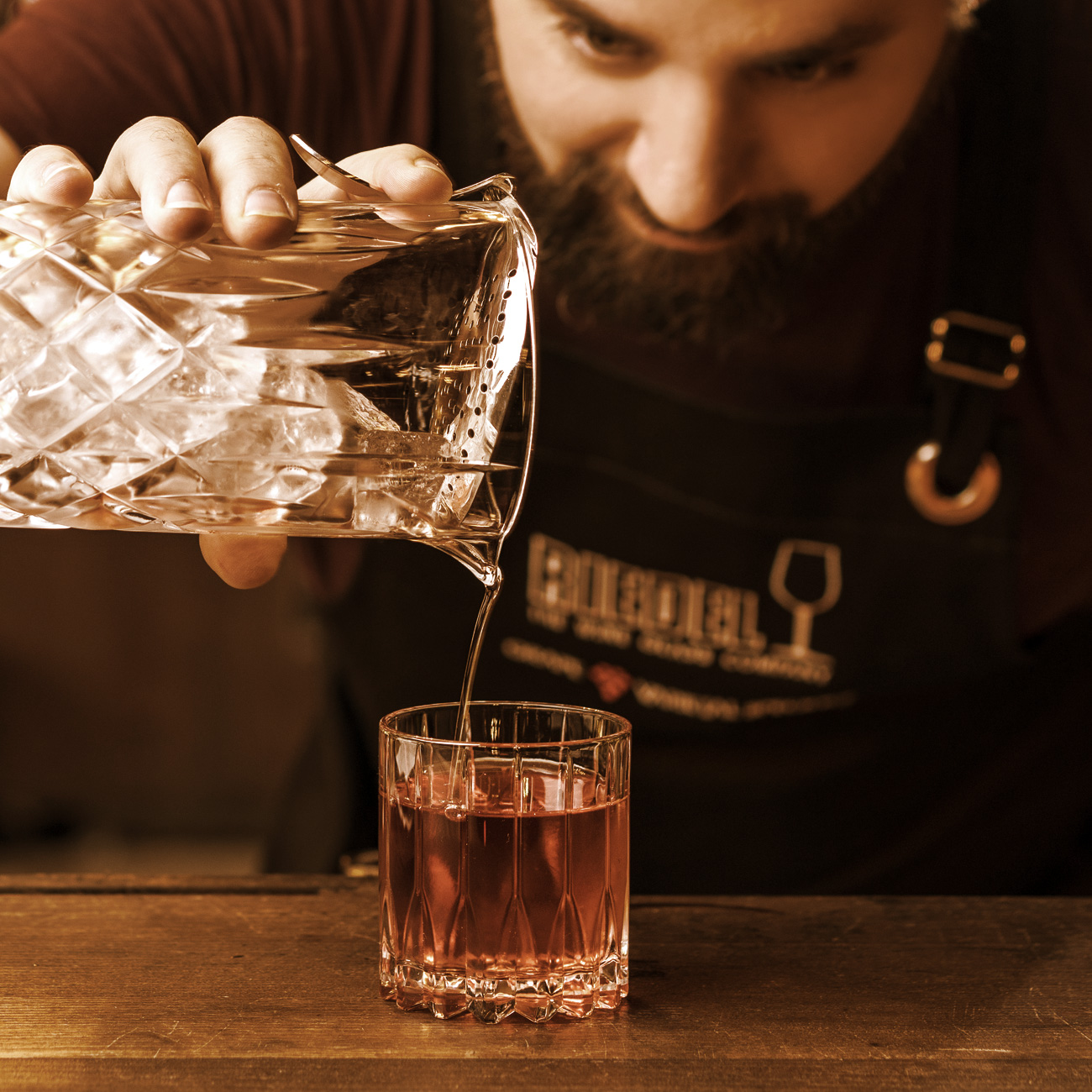
Whisky acquires its characteristics
The cereal whisky trend and the defeat of phylloxera, which had adversely affected the manufacturers of Cognac, were factors that forced the English and French middle class to search for an alternative to a liquor made from wine. Whisky sales are rising rapidly. To protect citizens from excessive consumption of alcohol, in 1915 Her Majesty’s Government introduces the so-called Immature Whisky Act, which prohibits the sale of whisky younger than 3-years old, and introduces the order to close pubs by 23:00. Although Prime Minister Lloyd George wants to limit sales, he actually opens another chapter in the history of whisky. Due to storing the distillate in sherry and bourbon oak barrels, whisky loses its sharpness in favor of complexity and new tasting notes. Manufacturers began experimenting with the maturing period and storage methods, creating the richness of the world of whiskies that we know and value today.
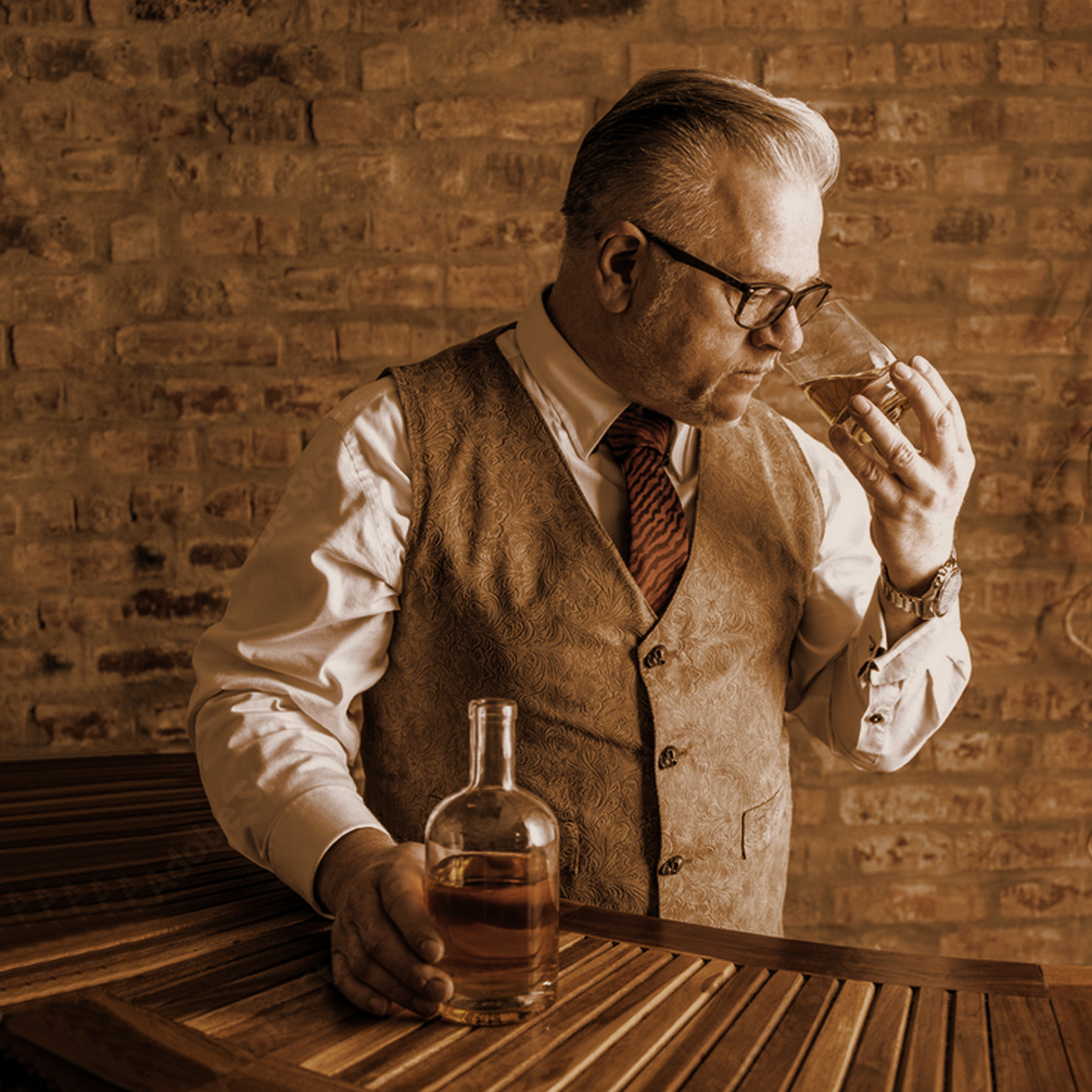
Single Malt above all
Although 90% of the world’s whisky production today make up less noble blends, the recognition of connoisseurs and collectors around the world is contributed to single malt whiskies, which are the product of one particular distillery, created from malted barley, water and yeast. For this whisky category the year 1963 turned out to be groundbreaking. It was when William Grant & Sons company for the first time on the market released malt whisky in its pure form.Other great brands that followed in their footsteps were Glenfiddich (the current world’s leader of this category), Macallan and Glenmorangie.
Among the single malts, the most expensive and most complex flavours are those maturing in barrels for several dozen years: 30, 40, and even 50 and more. Equally popular are cask strength editions, a long-maturing whisky without added water before bottling. However, the most sought-after and valued by collectors are the single cask editions-which contain the whole content of a particular barrel. Their flavors and aromas are the essence of Scotch whisky in the most sophisticated edition.
Most of today's renowned distilleries are located in places where whisky was once illegally produced.
Whisky
An alcoholic beverage created from a distillate of cereal mash that previously matured in oak barrels used for the production of sherry, porto or bourbon for a period of at least 3 years. Scotch is usually considered to be a separate type of whisky, produced and matured in Scotland only and 100% distilled from barley malt (single malt-product from one distillery), or mixed with whisky from other cereals (blended) to less than 94.8, 95% vol. alcohol. The minimum concentration of bottled whisky is 40% vol. Barley malt, water and yeast are used in malt whisky production. Drying malt on peat hearthstones is also an important element contributing to the taste of this liquor. Due to the country of origin whisky can be divided into:
- IRISH Produced exclusively in Ireland from barley and its malt, maturing for at least three years and distilled three times.
- AMERICAN Produced exclusively in the USA from corn, rye, wheat, and barley malt, maturing in new oak barrels for at least 2 years.
- JAPANESE Produced since 1924 in Japan and simulating the production of Scotch whisky.
Bourbon
Whiskey produced in the USA from fermented cereal mash (must contain at least 51% corn) and has been aged for at least 2 years on the territory of Kentucky in new charred oak barrels. The alcoholic strength of bourbon by volume must not exceed 62.5%. Every bourbon is also whiskey, but not every whiskey is bourbon.
